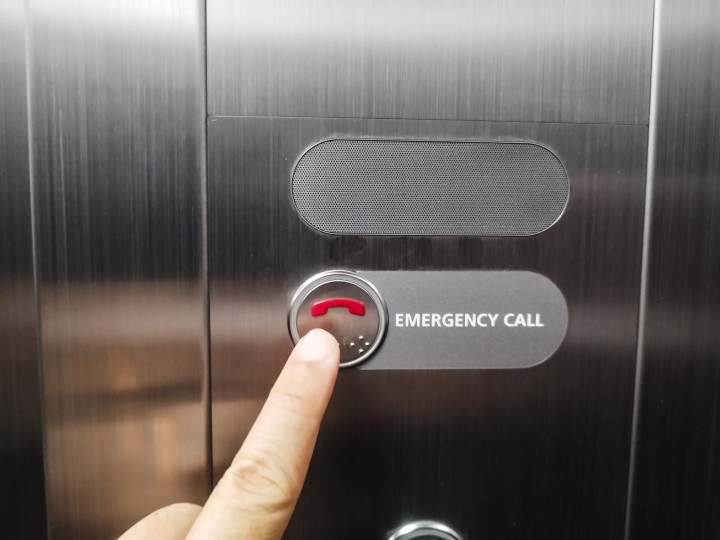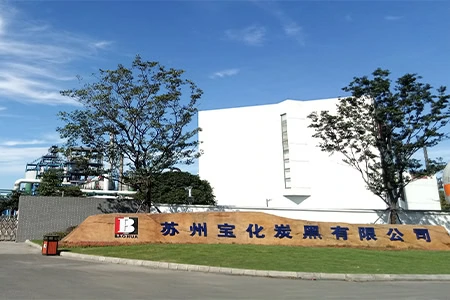Traditional Elevator Phone Service
Traditional elevator phone service used to only run on copper analog telephone lines. The existing wiring is run from the machine room, through travel cable, into the elevator cab, then link to central monitoring station.
An elevator phone is designed to provide a direct line of communication to a central monitoring station, allowing people to call for help in case of an emergency. Most elevator phones are equipped with a speaker and a microphone, so that the person on the other end of the line can hear what is happening in the elevator.
When someone in the elevator needs assistance, they can use the phone handset or a hands-free push button to initiate emergency call to 24-hour staffed reporting center. The center will be able to speak to the person in the elevator, assess the situation, and dispatch the appropriate help if needed.

Challenges to use VoIP in elevator phone system
With POTS line costs continually on the rise by telecom provider, and lack of maintain for existing POTS line, it is harder and harder to keep elevator emergency service running without interrupted. Voice over Internet Protocol (VoIP) is becoming increasingly common, particularly for commercial use. While potentially ideal for your building’s general telecommunications, there are a few challenges when trying to use VoIP with emergency phone systems.

Regularly people inside elevator cab could not hang up the phone, because only one push button to initiate the call and once emergency released, the 24-hour staffed reporting center will terminate the call and expected elevator phone end the call as well. This behavior works well with old POTS line because a dedicated circuit is established between the two phones, no matter which party hang up, the circuit is closed.
When we replace POTS line with ATA gateway that connect to hands-free speakerphone, the call might not be terminated as expected when remote end hangs up. This problem might not be existed on IP phone or ATA work with analog phone, both devices have “hook” to manual end the call and redial, but elevator speakerphone unit don’t.

In this case, ATA need to send WINK signal, tells automated phone device such as a speakerphone or an answering machine to hang up.
Furthermore, traditional POTS line will maintain phone service when the elevator cab power goes out and 911 is able to easily identify where you are calling from cause location information published through phone call.
Benefits of Flyingvoice POTS Box
Fortunately, Flyingvoice bring POTS Box solution for transition elevator phone to VoIP. Generally, Flyingvoice has years’ experience on part and our partner in North America proved that our ATA is working well in elevator phone communication. And the box also contains the power bank for 24-hour backup to guarantee talk time for use in power outages.
Meanwhile, there is service called Enhanced 911(E911), which is the part of the 911 system that automatically ties a location to the call. VoIP service providers enable E911 by having customers set a physical address to show up when they dial 911 on their VoIP phone or device.
Flyingvoice POTS Box offers features and benefits which are not available with a traditional landline. And reduce the monthly cost with VoIP solution. Now upgrade your elevator phone lines with Flyingvoice technology. Choosing a reliable and compliant system and working with experienced manufacturer to ensure a smooth transition is essential to a successful business.

For more information about POTS Replacement, please visit Flyingvoice POTS replacement solution.













 Back to list
Back to list









